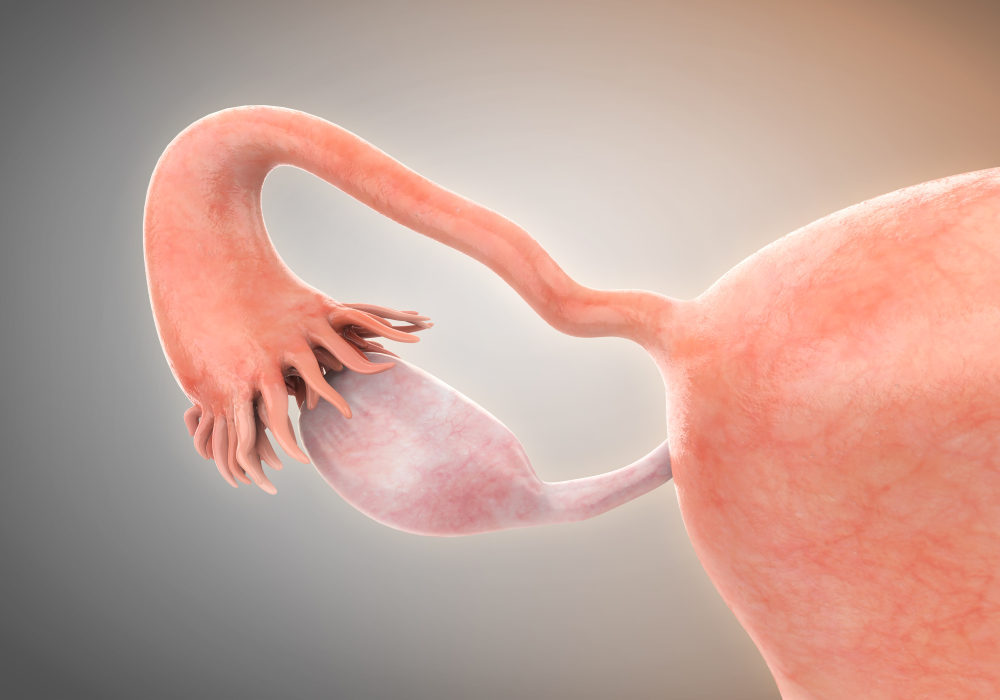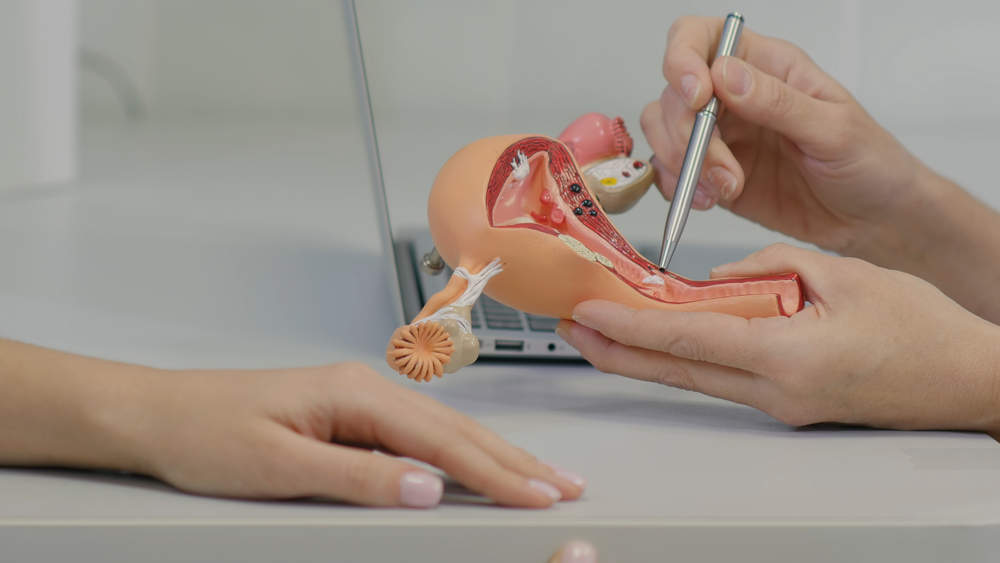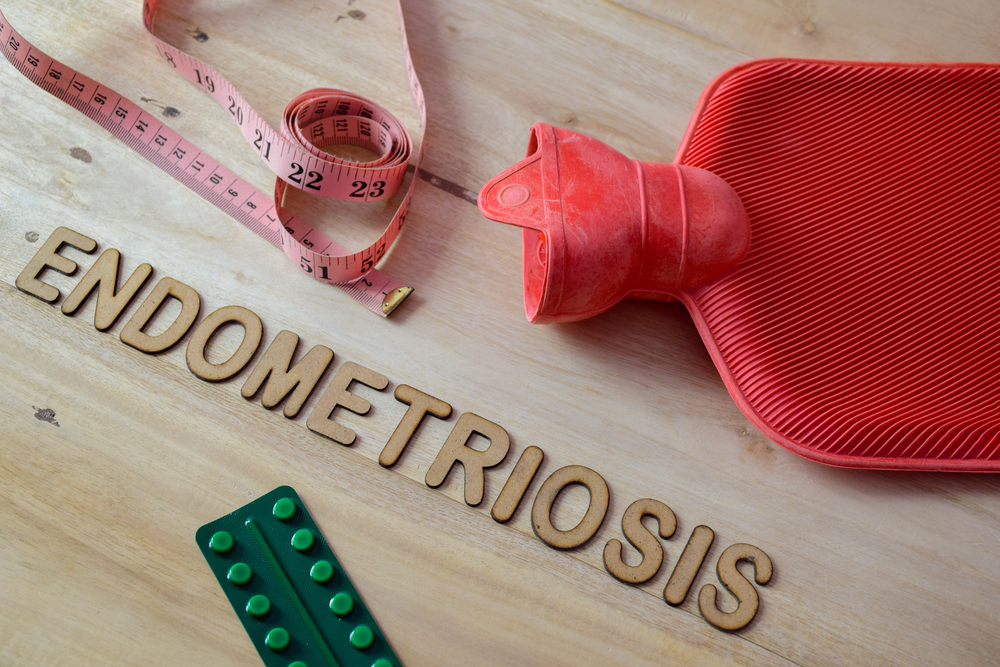Gracias a la libertad que existe para decidir sobre la maternidad, algunos años atrás surgió la salpingoclasia (también conocida como OTB) o coloquialmente como “ligadura de trompas”, es un método anticonceptivo definitivo que tiene como objetivo impedir el embarazo.
Este método tiene grandes ventajas para algunas mujeres pero también surge un dilema: ¿qué pasa si una mujer o pareja seleccionan a la OTB como método de planificación familiar y después quieren volver a tener hijos?
El Instituto Mexicano del Seguro Social define la salpingoclasia como un método de anticoncepción permanente o definitivo que se realiza en aquellas mujeres que tienen el número de hijos deseado y no quieren tener más embarazos, y que han recibido previamente consejería; este procedimiento de anticoncepción se realiza en la mujer después de un parto, aborto, durante la cesárea o en cualquier momento que la mujer decida no tener más hijos.
Con frecuencia muchas de nuestras pacientes nos han preguntado si pueden lograr un embarazo con salpingoclasia y nuestra respuesta es: ¡sí, puede lograrse! Pero es importante tomar en cuenta algunos detalles…
En México la salpingoclasia u Oclusión Tubaria Bilateral es bastante común. Pero también es usual que algunas mujeres con OTB deseen tener un bebé posteriormente, quizá porque cambió su vida de pareja, porque desean balancear su familia o simplemente por decisión propia.
Durante la cirugía de OTB, se ligan las trompas de Falopio para impedir que el óvulo llegue al útero y sea fecundado por el espermatozoide. Después de una salpingoclasia, existen dos opciones para lograr el embarazo:
- La recanalización tubaria.
- La fecundación In Vitro.
La recanalización es un procedimiento poco invasivo que consiste en unir los dos segmentos de la Trompa de Falopio que se ligaron durante la salpingo. Sin embargo, no se puede recanalizar en todos los tipos de OTB y también se incrementan los riesgos.
¿La recanalización tiene algún inconveniente?
Existen dos principales inconvenientes. El primero es que la cirugía podría no ser exitosa para lograr el embarazo, y el segundo es que existe mayor riesgo de que el óvulo fecundado puede implantarse fuera del útero, regularmente en la Trompa de Falopio (una condición que llamamos embarazo ectópico).
También como alternativa está la fecundación In Vitro, un método de reproducción asistida que consiste en fecundar el óvulo con el espermatozoide en el laboratorio. Con los años, esta técnica ha demostrado ser más efectiva y con menos riesgo de salud para la paciente que la recanalización.
¿La fecundación In Vitro tiene algún inconveniente?
En general no. Aunque debemos mencionar que, a menor edad, mayor es la posibilidad de embarazo.
Por suerte, existe una buena noticia para las mujeres con OTB que desean tener un bebé: su Trompa de Falopio está tapada, pero no significa infertilidad total. Por lo tanto, tienen altas posibilidades de lograrlo con el tratamiento adecuado de Fertilización In Vitro.
¿Quieres saber si puedes embarazarte, aún con OTB? En Citmer podemos ayudarte con un diagnóstico completo. ¡Haz tu cita!livesport88
mahjong slot
mahjong slot
Liveklik77
link gacor
Explora los artículos relacionados

¿Qué es el cáncer de ovario?
El cáncer se origina cuando las células en el cuerpo comienzan a crecer en forma descontrolada. Las...

¿Por qué es importante una segunda opinión médica en temas de fertilidad?
Incluso cuando tenemos plena confianza en nuestro médico, todavía podemos salir de la consulta con alguna duda,...

¿Qué es la endometriosis y cómo afecta a la fertilidad de la mujer?
La endometriosis es una enfermedad en la que el tejido endometrial (lo que crece cada mes para salir...


